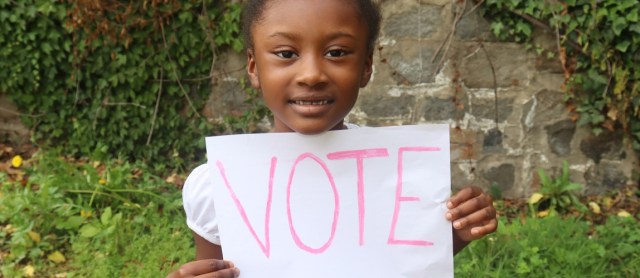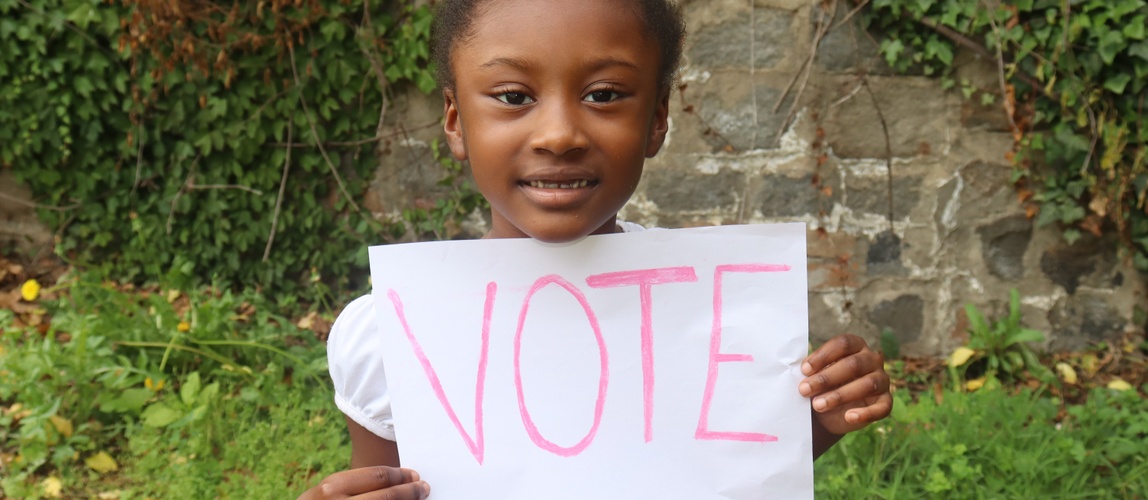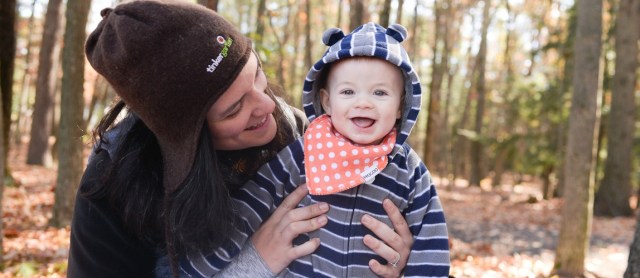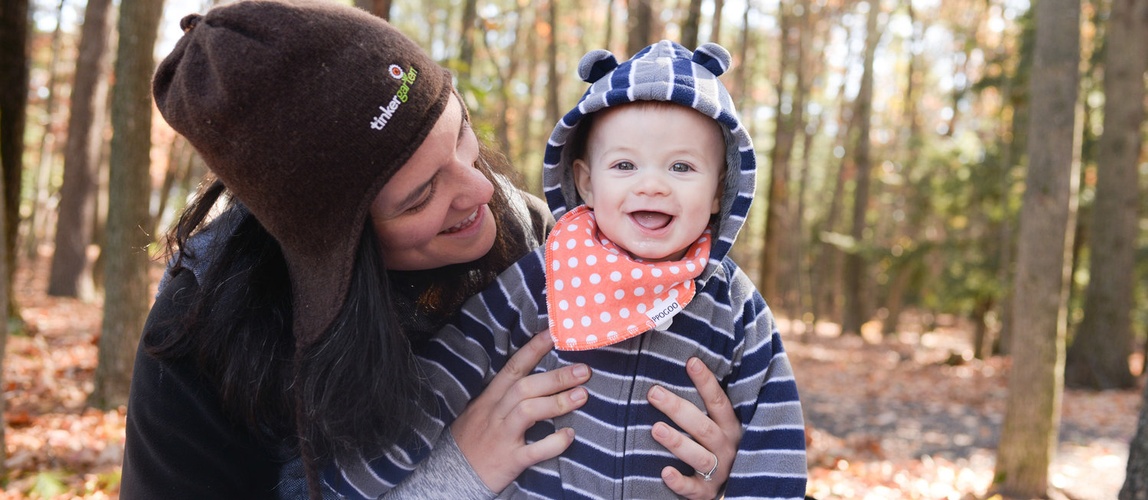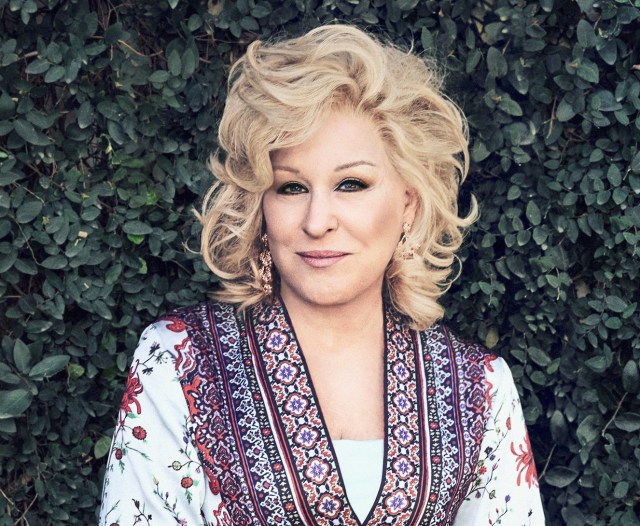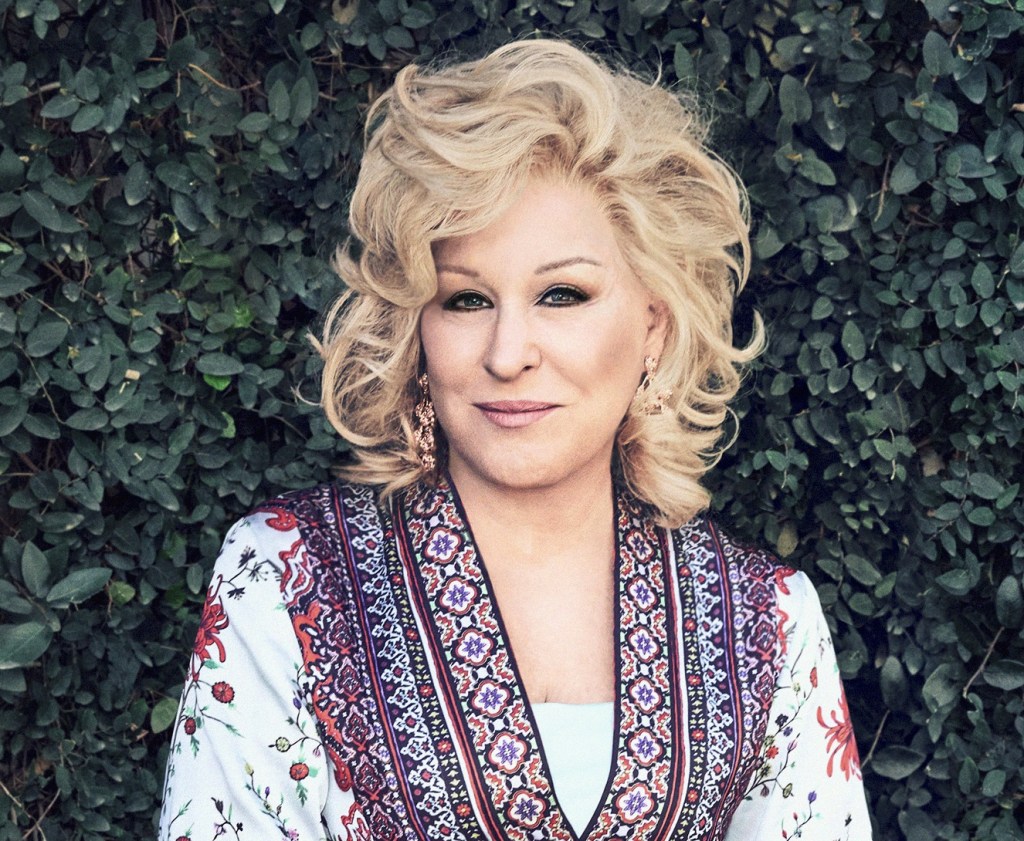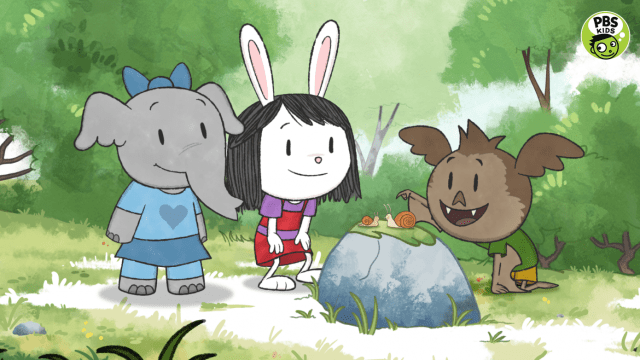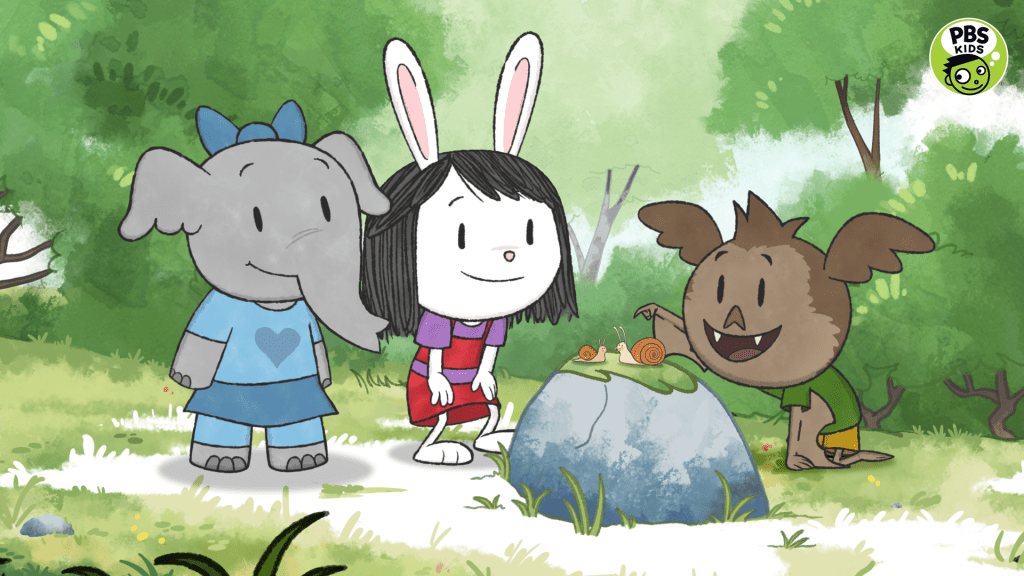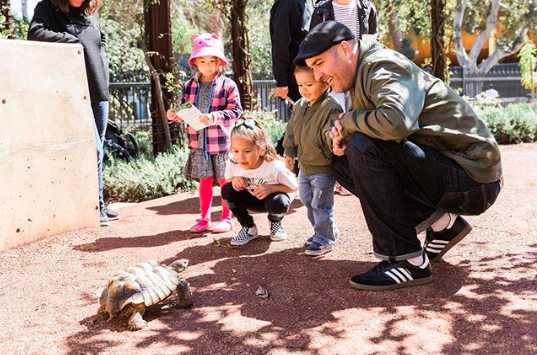If you are looking for some inspiration you’ve come to the right place! We’ve compiled a list of creative, motivated, & resourceful Portland-area mom bloggers who are making waves in their community. These women are crafting, planting, adventuring, renovating, conserving, cooking, and writing their way through motherhood. Whether you’re looking for specific ideas or simply a positive corner of the internet to connect with, follow these standout blogs in 2021. Read on to find one that’s right for you!
FOOD: Clean Food Mama

If you’re a busy mom looking for easy ways to cook your family healthy meals this blog is for you. Run by Stephanie Collazo, Clean Food Mama is on a mission to help encourage eating habits that support overall well-being for everyone in the family. You can expect lots of delicious, colorful, and nourishing recipes that the whole family will love. I can’t wait to try her Spinach Ranch Dip alongside the Buffalo Cauliflower bites. Yum!
Online: https://cleanfoodmama.com/
HOME: Create/Enjoy
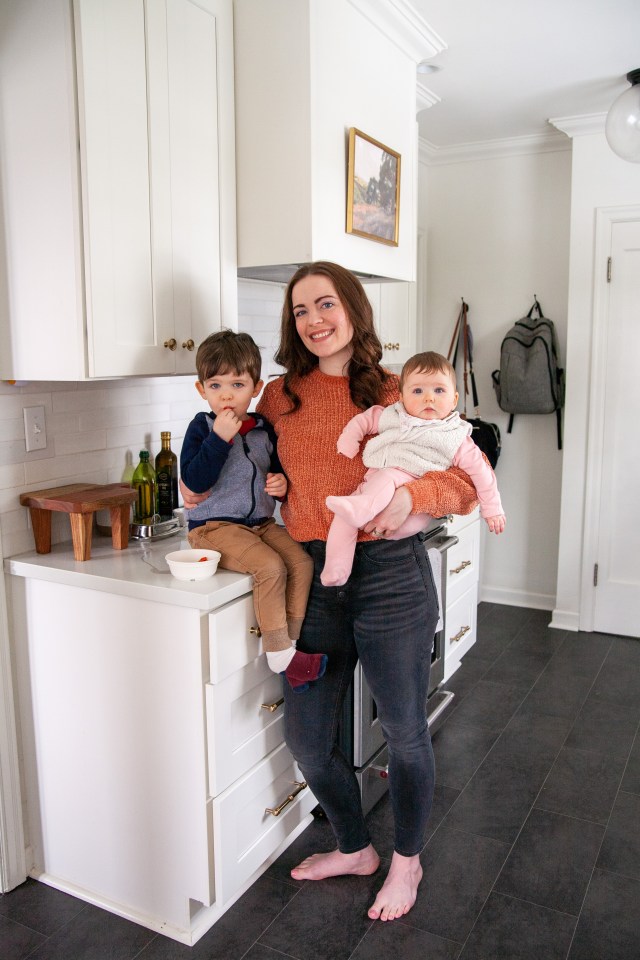
A seamstress and author of a book on DIY wardrobe makeovers, Portland mom Suzannah Hartley now blogs about home makeovers. Create/Enjoy chronicles her family’s renovation of a 1937 Tudor revival-style home outside Portland—a block from the house she grew up in. If you love the satisfaction of a good HGTV makeover you don’t want to miss her room reveals and one room renovation challenges! When she's not sewing, designing, renovating rooms, mothering her two kids, Suzannah is also co-hosting a fun podcast on DIY home decor. Go check her out!
Online: create-enjoy.com and @YourHomeStoryPodcast
PLANTS: Sacred Elements
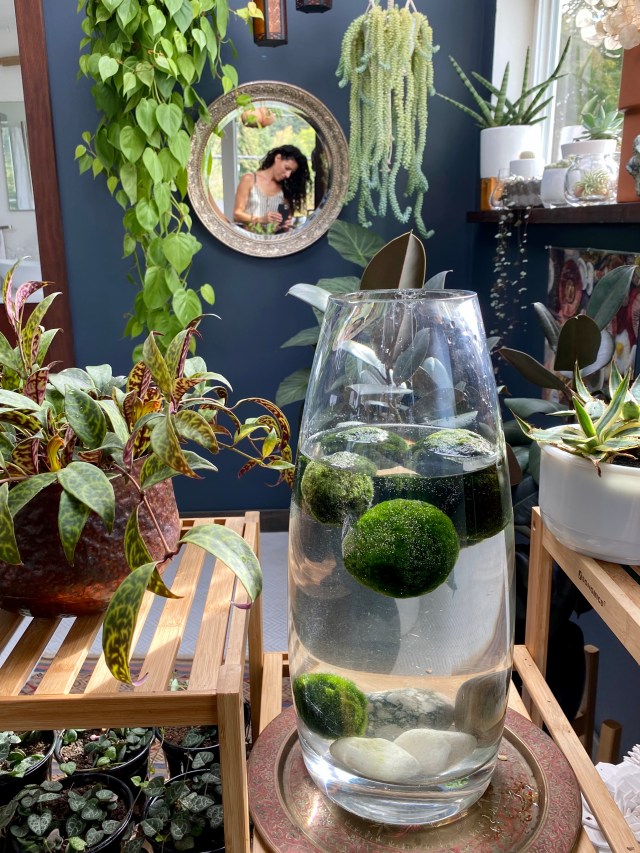
If you haven't yet discovered Sacred Elements you are in for a special treat. Karina Aldredge, the plant whisperer, shows us how to create Sacred Spaces and connect to the natural world around us through her platform Sacred Elements. This sweet soul is deeply and intuitively connected to nature. She rightfully believes that plants are magic and our connection to them can help us become happier and more productive humans. She teaches how to thrive in a new way while experiencing nature every single day, from within the home. Her plant content is beyond delightful and she also offers tons of holistic plant care and pest care tips.
HOME DECOR: The House of Hood
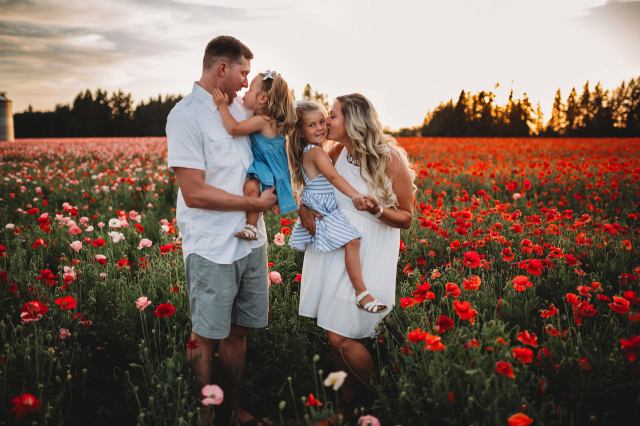
The House of Hood run by mom of two, Chelsee Hood is chalked full of home decor, motherhood, easy entertainment ideas, her favorite finds/deals, and her DIY projects. If you’re a mom of girls looking for ideas on how to decorate bedrooms you’ve come to the right place! Chelsee has all sorts of great organizational advice including her 3-2-1 system for picture storage. While you’re browsing her site make sure to take a look at her Flower Field Guide!
Online: https://thehouseofhoodblog.com/
SUSTAINABILITY: Little Green Lives
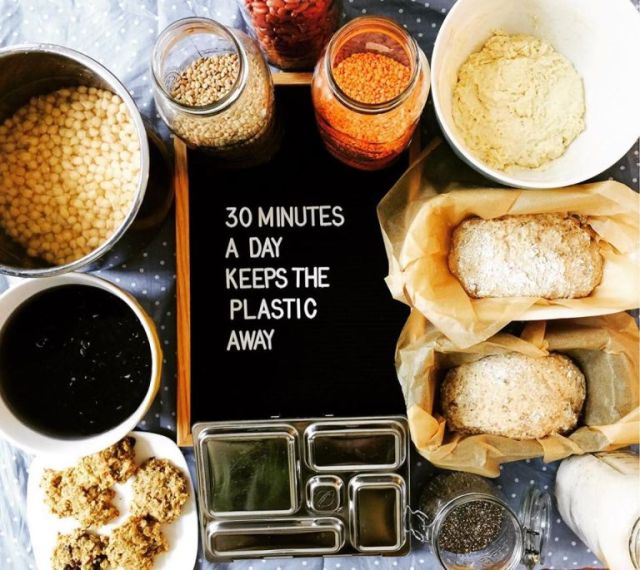
From a homestead just outside Portland, former-midwife Sam Jennings now writes about cultivating a more eco-conscious life with her family of 6. Little Green Lives is a family lifestyle blog on low-waste living. From growing vegetables and throwing zero-waste birthday parties, to exploring the natural world and developing homeschool routines, Sam writes about it all with a refreshing down-to-earth style that brims with honesty and enthusiasm. Did we mention the pictures? You’ll find plenty of inspiring vignettes on the blog and Instagram.
Online: littlegreenlives.com
PARENTING: Portland Mom Collective

Portland Mom Collective is a locally-focused parenting resource for moms and families. They are passionate about both parenting and our community. The Portland Mom Collective run by a bunch of local mamas strives to connect area moms to relevant resources, local businesses, can’t-miss happenings, and most of all — each other! Their topics range from Adoption & Fostering to Food & Nutrition and Travel & Adventure, with a whole lot in between! You can find a community event calendar on their site along with a long list of Portland related guides. They've got something for every mom!
STORYTELLING: The Made to Mother Project

Portland writer and mom of three Wynter Kaiser curates the collaborative blog Made to Mother, a collection of stories by real mothers sharing diverse experiences of motherhood. Guests posts and stories feature reflections on a wide range of topics: making different choices than one’s own mother, “mothering” when you don’t have children, family counseling, trust, and adoption, just to name a few. PS: the Made to Mother book is live! Head on over to buy your copy of the book now.
Online: madetomother.com
PREGNANCY & POSTPARTUM: The Leaky Boob
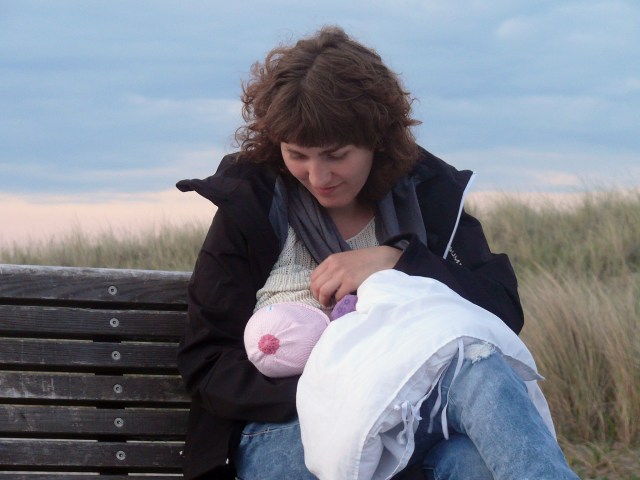
Managed by Jessica Martin-Weber the Leaky Boob exists to unite breastfeeding mothers through laughter and tears. While it’s intended to be a breastfeeding community this blog offers a plethora of information for any expecting or new mom. What stood out to me the most was her 2021 New Baby Guide. It includes an extensive list of tips, tools, and product recommendations.
Online: https://theleakyboob.com/
—Elissa Cirignotta
RELATED STORIES
Calm Before the Storm: Babymoons You Can Drive To
Where to Find the Best Hot Chocolate in Town
It’s a Date! 8 Parent-Baby Playdates in Portland





